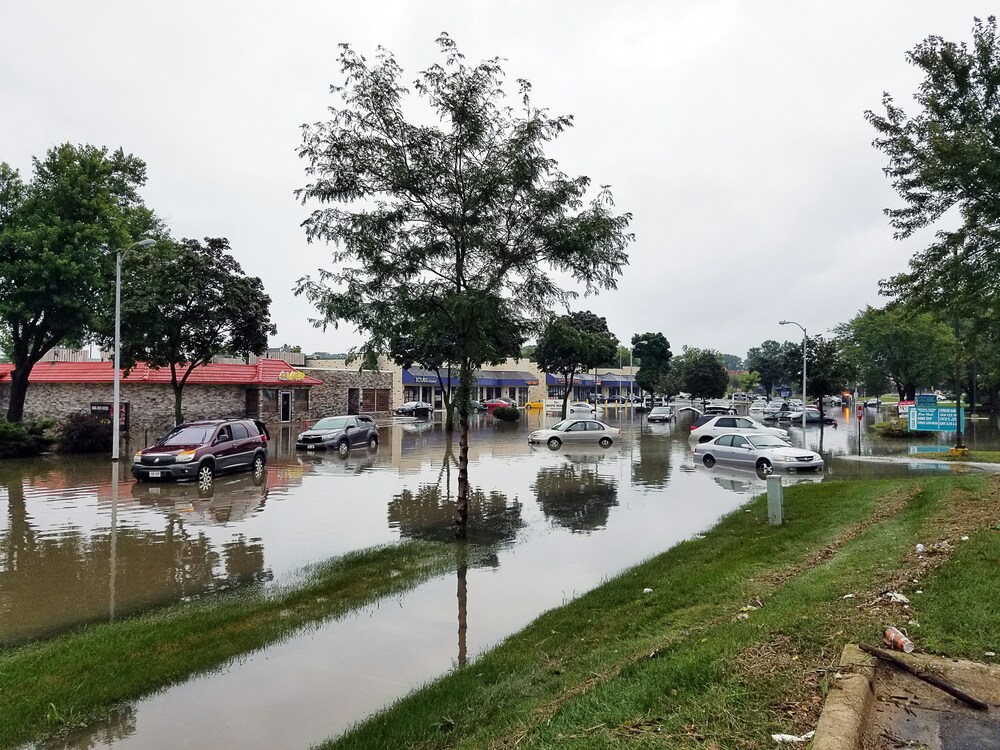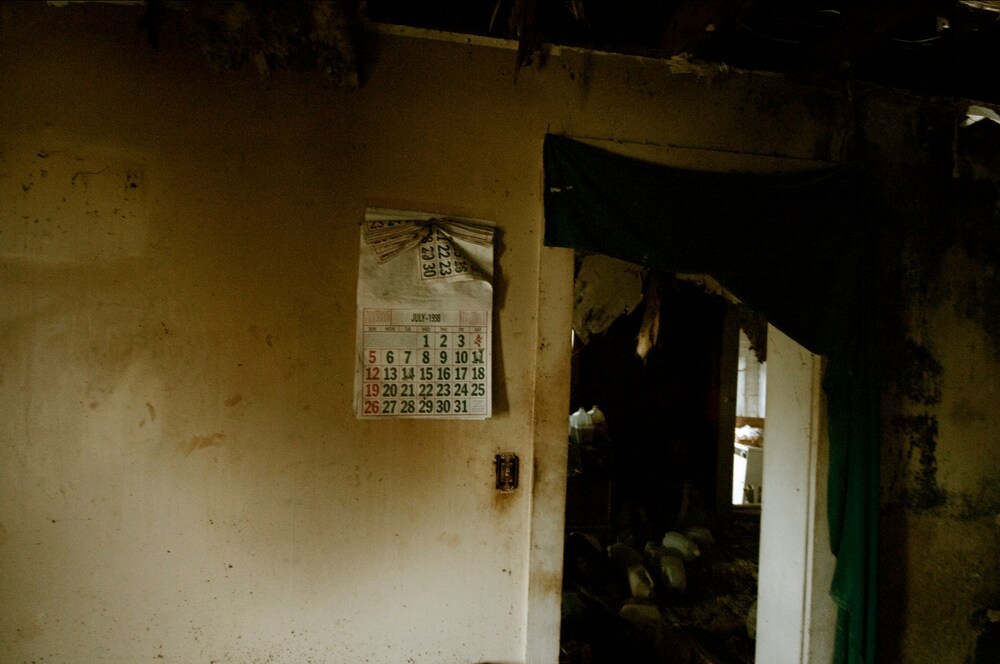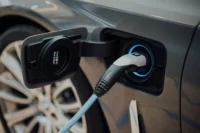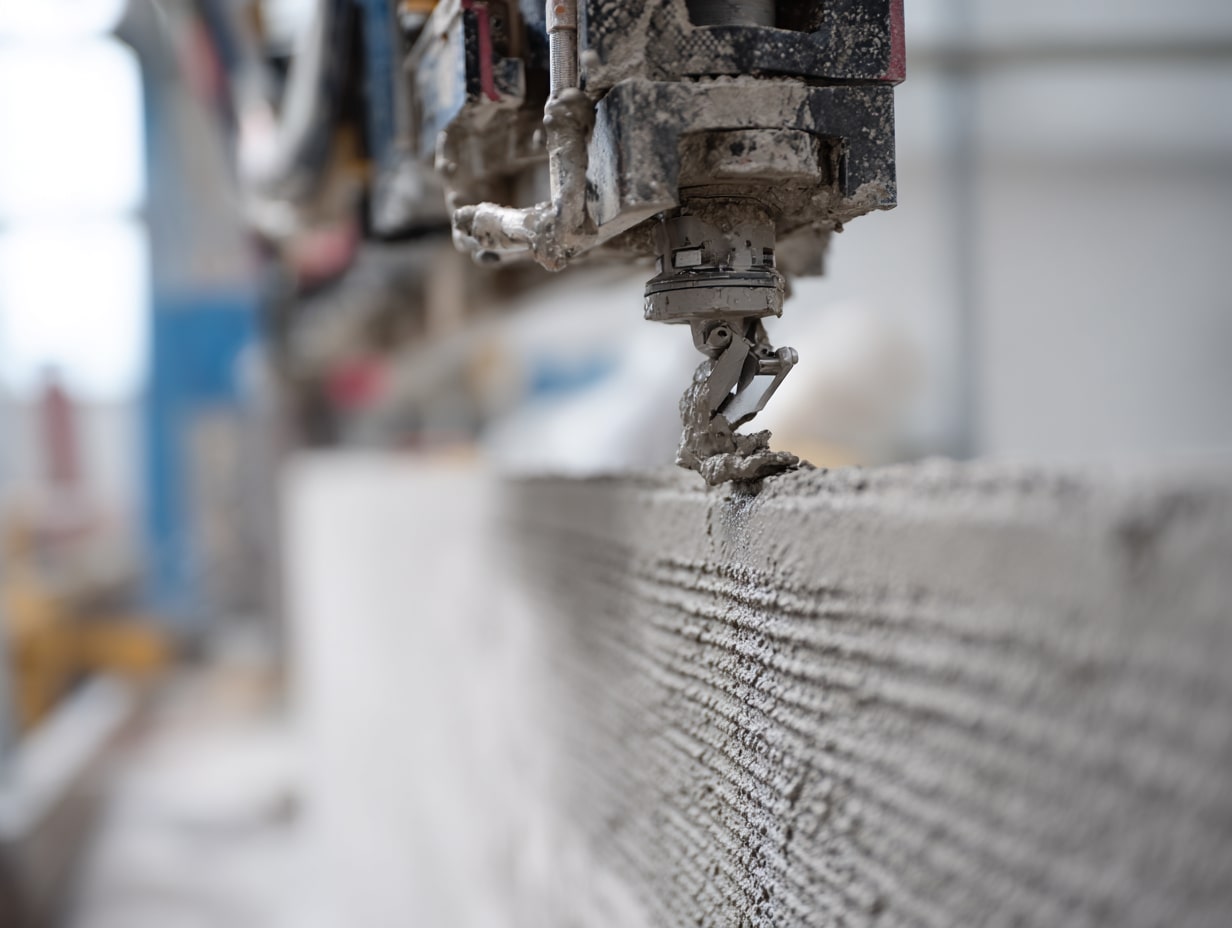- Home
- Articles
- Architectural Portfolio
- Architectral Presentation
- Inspirational Stories
- Architecture News
- Visualization
- BIM Industry
- Facade Design
- Parametric Design
- Career
- Landscape Architecture
- Construction
- Artificial Intelligence
- Sketching
- Design Softwares
- Diagrams
- Writing
- Architectural Tips
- Sustainability
- Courses
- Concept
- Technology
- History & Heritage
- Future of Architecture
- Guides & How-To
- Art & Culture
- Projects
- Interior Design
- Competitions
- Jobs
- Store
- Tools
- More
- Home
- Articles
- Architectural Portfolio
- Architectral Presentation
- Inspirational Stories
- Architecture News
- Visualization
- BIM Industry
- Facade Design
- Parametric Design
- Career
- Landscape Architecture
- Construction
- Artificial Intelligence
- Sketching
- Design Softwares
- Diagrams
- Writing
- Architectural Tips
- Sustainability
- Courses
- Concept
- Technology
- History & Heritage
- Future of Architecture
- Guides & How-To
- Art & Culture
- Projects
- Interior Design
- Competitions
- Jobs
- Store
- Tools
- More

Water damage is one of the most stressful situations a homeowner can face. Whether it’s caused by a burst pipe, flooding, or an appliance leak, the impact can be devastating if not handled quickly and correctly. Knowing what to do—and what to avoid—can make all the difference between a smooth recovery and long-term damage.
Table of Contents
ToggleWhy Quick Action Matters
When water enters your home, time is not on your side. Moisture seeps into walls, floors, and furniture within minutes, and mold can start to develop in as little as 24 to 48 hours. According to the Environmental Protection Agency (EPA), indoor mold growth can begin in just two days after water exposure. That’s why having a plan and acting fast is essential.

The Do’s of Handling Water Damage
Here are the steps you should take immediately after discovering water damage:
- Do shut off the source. Whether it’s a leaking appliance or a burst pipe, stop the flow of water as soon as possible.
- Do turn off electricity in affected areas. Safety should always come first. Standing water and live power lines don’t mix.
- Do document the damage. Take photos and videos for insurance purposes before beginning cleanup.
- Do remove standing water quickly. Use pumps, wet vacuums, or even buckets to get water out of your home.
- Do call professionals. Services like water damage restoration Plano TX have the equipment and expertise to handle extensive damage.
These steps not only protect your property but also help speed up the insurance claim process.
The Don’ts of Handling Water Damage
Just as important as what you should do is what you should not do. Many homeowners make mistakes that worsen the damage:
- Don’t wait. Hoping the water will dry on its own only increases the risk of mold and structural damage.
- Don’t use household vacuums. Regular vacuums aren’t designed for water cleanup and can pose electrical hazards.
- Don’t remove soaked carpets or flooring without guidance. Some materials can be salvaged if treated quickly, while premature removal may create bigger problems.
- Don’t ignore hidden areas. Water can seep under walls, behind cabinets, and into crawl spaces—places that often get overlooked.
- Don’t handle contaminated water alone. If the flooding comes from sewage or storm runoff, the water may contain harmful bacteria.
Common Mistakes Homeowners Make
When panic sets in, it’s easy to take the wrong steps. Here are a few common mistakes to avoid:
- Waiting too long before calling for help
- Using fans without first removing moisture, which can spread mold spores
- Discarding everything instead of checking what can be restored
- Forgetting to check insurance coverage before making repairs

These errors can add unnecessary cost and stress to an already challenging situation.
When to Call the Experts
While minor leaks may be manageable on your own, major water damage almost always requires professional attention. Experts in water damage restoration use industrial-grade dehumidifiers, moisture detectors, and antimicrobial treatments to ensure your home is truly dry and safe. In situations where moisture affects hidden or hard-to-reach areas, consulting specialists in water damage restoration can help prevent long-term issues that aren’t always visible right away. This not only restores your property faster but also prevents costly future repairs from mold and structural deterioration.
Final Thoughts
Water damage is an emergency that demands swift, smart action. By following the do’s—such as shutting off the source, documenting damage, and calling professionals—and avoiding the don’ts like waiting too long or mishandling contaminated water, you’ll protect both your home and your peace of mind.
If you ever find yourself overwhelmed, remember that help is just a call away. Professional services like water damage restoration can guide you through recovery and ensure your home gets back to normal safely.
illustrarch is your daily dose of architecture. Leading community designed for all lovers of illustration and #drawing.
Submit your architectural projects
Follow these steps for submission your project. Submission FormLatest Posts
How to Furnish Your New Home in 24 Hours (Without Picking Up a Screwdriver)
The keys have been handed over. The lease is signed. You are...
3D Printed Homes: Time, Cost, and What to Expect
3D printed homes explained: realistic timelines (24–72h walls, 8–16 weeks total), true...
How a Contact Centre Boosts Trust in Your Building Business
In construction, trust is the glue that holds projects together. Clients need...
How Real Time Parcel Geolocation Is Redefining Last Mile Efficiency for Modern Businesses
Last mile delivery has become the most critical point in the customer...












Leave a comment